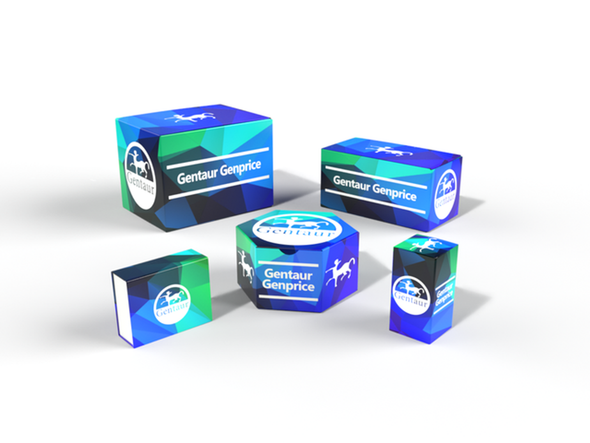BW
Anti-Notch1 monoclonal Antibody | MB62329
- SKU:
- BW-MB62329
- Availability:
- Usually ships in 5 working days
Description
Anti-Notch1 monoclonal Antibody | MB62329 | Gentaur UK, US & Europe Distribution
Host: Mouse
Reactivity: Human, Mouse, Rat
Application: IHC,WB
Application Range: WB 1:1000, IHC: 1:50-1:150
Background: Notch1 is a member of the Notch family. Members of this Type 1 transmembrane protein family share structural characteristics including an extracellular domain consisting of multiple epidermal growth factor-like (EGF) repeats, and an intracellular domain consisting of multiple, different domain types. Notch family members play a role in a variety of developmental processes by controlling cell fate decisions. The Notch signaling network is an evolutionarily conserved intercellular signaling pathway which regulates interactions between physically adjacent cells. In Drosophilia, notch interaction with its cell-bound ligands (delta, serrate) establishes an intercellular signaling pathway that plays a key role in development. Homologues of the notch-ligands have also been identified in human, but precise interactions between these ligands and the human notch homologues remain to be determined. This protein is cleaved in the trans-Golgi network, and presented on the cell surface as a heterodimer. This protein functions as a receptor for membrane bound ligands, and may play multiple roles during development
Storage & Stability: PBS (pH 7.3) containing 1% BSA, 50% glycerol and 0.02% sodium azide.
Specificity: notch 1
Molecular Weight: 270.6 kDa (Predicted)
Note: For research use only, not for use in diagnostic procedure.
Alternative Names: AOS5; AOVD1; hN1; TAN1
Immunogen: Recombinant protein expressed in E.coli corresponding to amino acids 2300-2556 of human NOTCH1
Conjugate: Unconjugated
Modification: Unmodification
Purification & Purity: Purified from mouse ascites fluids or tissue culture supernatant by affinity chromatography (protein A/G)
Pathway: N/A










